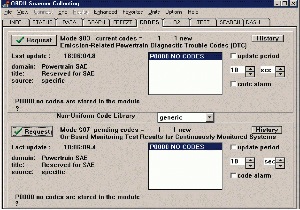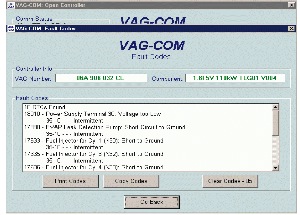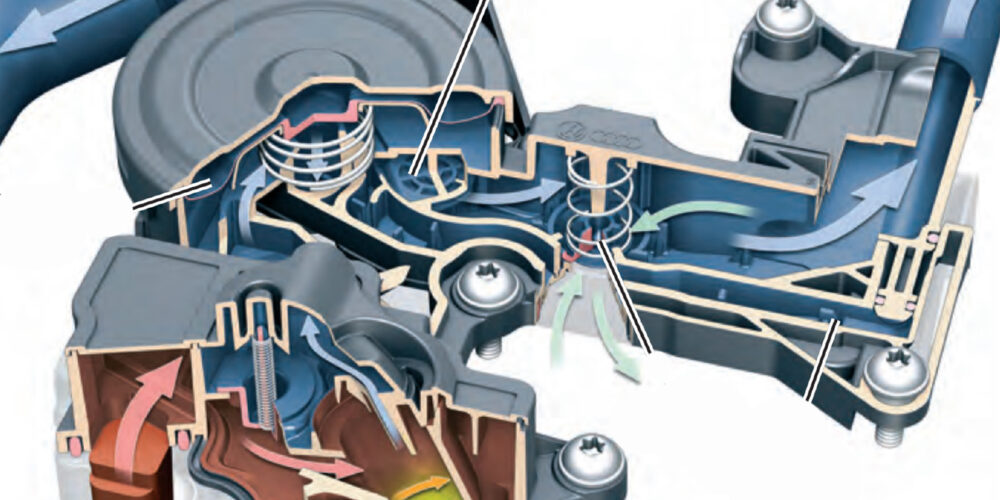Quite simply, the answer is no. Generic OBD II tools may not give the complete picture of what is happening with a car.
Consider what happened to me with my 2000 VW GTI 1.8T. The car had been intermittently stalling out over a period of a few weeks. The check engine light was not lit. One evening, as I was leaving work, the car stalled again. Fortunately, I had my laptop with me and had several diagnostic programs installed, so I ran a scan. Fig. 1 is a screen shot of the report from the OBD II tool. 
I draw your attention to the fact that the tool reported “No Codes” — none “Current” and none “Pending.” If that was true, then why was the car stalling? Surely something was not right.
I had access to another OBD II scan program and the next time the car stalled, I ran a scan with it. Unfortunately, it too reported the same “No Codes.”
Finally, I connected the factory-level VAG-COM tool to my car and the result was drastically different (see Fig. 2). Ten fault codes were reported by the same ECU on which the generic tools showed “No Codes.” Checking the wiring diagrams in the factory repair manual, I determined that the one thing each of the components showing a “Short to Ground” had in common was the fuel pump relay. Every one of the components gets power from that relay. The next day, I replaced the relay and the intermittent stalling problem on my GTI was cured. 
The generic scanners were not helpful in finding this problem because the ECU decided the problem was not emissions related. There is no requirement for an ECU to report faults via generic OBD II unless the ECU believes the problem is causing excessive emissions.
By Andy Smith, technical specialist, Ross-Tech, LLC.










